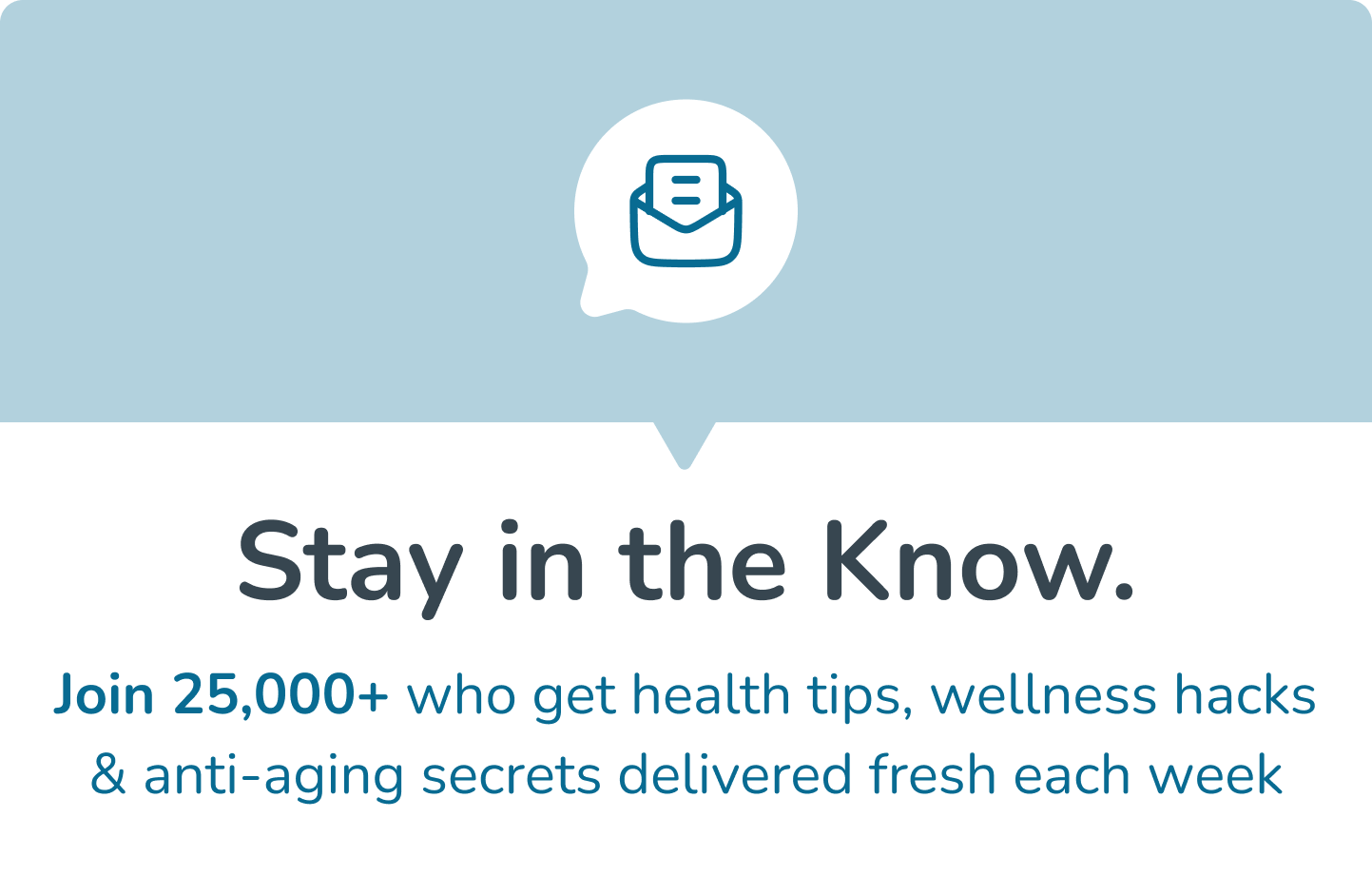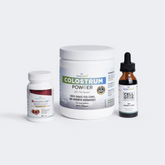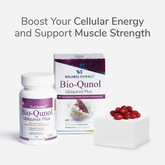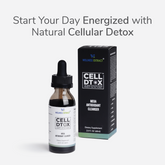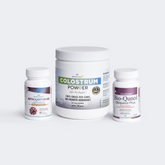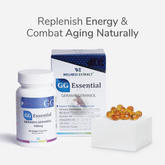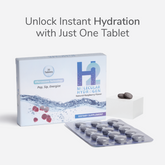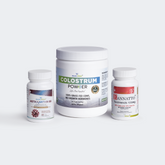Estimated Reading Time: 5 minutes
|Got a dental filling and now wondering if that sandwich can wait? You’re not the only one. Right after a filling, it’s normal to second-guess every bite—no one wants to mess up a brand-new filling by munching on the wrong snack.
One of the top questions dentists get post-appointment is:
“Can I eat after a filling?”
The short answer: Yes, but it depends.
This blog breaks down exactly what to eat, when to eat it, and how to keep that new filling (and the rest of your teeth) in intact—without the guesswork.
Also Read: Men vs. Women: Do Diets Really Differ?
Quick Timeline: Eating After a Tooth Filling
Staring at your fridge post-filling is basically a rite of passage. But before you grab that crunchy granola bar, here’s a quick look at when and what you can eat after your dental appointment:
|
Time After Filling |
What to Know |
What to Eat |
|
First 0–2 hours |
Still numb? Wait. |
Nothing yet. Sip room-temperature water if needed. |
|
2–4 hours |
Numbness wears off. |
It's time for some gentle eats—soft, cool foods. |
|
4–6 hours |
Most fillings are “safe to chew.” |
Go easy—nothing hard or sticky. |
|
24+ hours |
Back to normal—almost! |
Most foods are okay (see exceptions). |
Pro Tip: Always follow your dentist’s specific advice. This is a general guide—but your dentist knows your teeth best!
Can You Eat After a Cavity Filling?
Yes, but timing matters.
Let’s break it down by filling type, because not all are the same:
Composite (White/Tooth colored) Fillings
-
These harden immediately under a curing light.
-
You can usually eat after about 2 hours once the numbness wears off.
Amalgam (Silver) Fillings
-
These old-school metal fillings take up to 24 hours to fully set.
-
Wait at least 24 hours before chewing on that side of your mouth.
Most dentists use local anesthesia to numb the area. As a result, your cheek, tongue, or lip may feel numb for 1 to 2 hours after the appointment. Eating too soon can lead to accidental bites or burns.
MYTH BUSTER:
“You can eat immediately after any filling."
Not true. Eating too soon can crack the filling, especially if it hasn’t fully set.
Now let’s find out what’s allowed.
After a Tooth Filling, Can You Eat Anything You Want?
Not just yet. Some foods are filling-friendly, while others can cause issues like:
-
Pain when chewing
-
Sensitivity
-
Dislodged or cracked fillings
Here’s what’s safe (and what’s not) right after your appointment.
Best Foods to Eat After a Filling
Stick with soft, cool, and easy-to-chew items:
-
Greek yogurt (dairy-free or regular)
-
Mashed potatoes
-
Bananas
-
Applesauce (basically, apple pie minus the fun)
-
Smoothies (not too cold!)
-
Cooked rice or oatmeal
-
Scrambled eggs
-
Soft avocado
-
Water, coconut water
Snack Hack Challenge:
How many of these can you mix and match into one filling-friendly meal?
Try this combo:
Oatmeal + mashed banana + a spoonful of almond butter = instant comfort food that’s gentle on your teeth and keeps you full.
Foods to Avoid Right After a Filling
Stay away from these for the first 24 hours, or as long as your dentist advises:
-
Hard or crunchy foods (nuts, raw carrots, popcorn)
-
Sticky candies (caramel, taffy, gum)
-
Alcohol (can interfere with healing.
-
Sugary or acidic foods like citrus or soda
These can pull out or damage your new filling or just make your tooth feel like it's on a roller coaster.
Fun Fact: Your tooth is slightly “bruised” after a filling, which makes it more sensitive to temperature changes - even without nerve damage.
How Long Can You Eat After a Filling Without Hurting It?
Here’s a breakdown:
If Numbness Is Gone:
You can eat soft food on the opposite side of your mouth within 2-4 hours.
If You’re Still Numb:
Wait. You could bite your tongue, lip, or cheek and not even feel it (until later).
Chewing Tips (Yes, Really)
You probably didn’t expect to get a chewing tutorial, but here we are. Turns out, how you chew after a filling matters more than you'd think. Here are a few pointers your dentist secretly hopes you’ll follow:
-
Chew on the opposite side
-
Eat slowly
-
Take small bites
-
Avoid sucking through straws for the first 24 hours - it creates suction
-
Rinse with warm saltwater if your mouth feels irritated
-
Keep brushing—but gently near the filled tooth
-
Use a night guard if you sleep-grind
Did You Know?
Your saliva contains calcium and phosphate that may help strengthen the tooth-filling interface over time. Keeping hydrated supports this natural remineralization process.
What About Sensitivity After Eating?
Feeling a zing when you eat cold ice cream or sip hot chocolate? Don’t panic!
Post-filling sensitivity can last a few days to a week. It’s like your tooth is saying, "Whoa, what just happened?!"
Try this:
-
Use a sensitive-teeth toothpaste
-
Avoid extremely hot or cold foods
-
Let your dentist know if it lasts more than 2 weeks
Heads-Up:
Composite fillings sometimes cause “bite issues.” If chewing still feels “off” after a few days, your dentist may need to adjust the shape.
When to Talk to a Dental Professional
Reach out to your dentist if you experience:
-
Severe or worsening pain beyond mild sensitivity
-
Sharp pain when biting
-
Visible cracks or chips in the filling
-
Swelling or signs of infection around the tooth
Early assessment can ensure your filling remains intact and your mouth heals properly.
Before You Go…
Getting a filling might not be anyone’s idea of fun, but now you’re basically a dental pro. You know the timeline, the food rules, and you’ve probably already Googled “can you eat after a filling?” (Don’t worry—we all do it!).
Now that you’ve got the answers, go ahead—enjoy that mashed potato like a five-star chef. Your teeth (and your dentist) will thank you!
Stay cheesy (but not too sticky), and keep smiling!
Key Takeaways
-
You can eat after a filling—but timing depends on the type.
-
Avoid hard, sticky, or hot foods for the first 24 hours.
-
Soft, cool foods are your best friend post-appointment.
-
Numb? Wait it out to avoid accidental bites.
-
Watch for pain or bite issues and follow up with your dentist.
Disclaimer: This blog is for informational purposes only and does not provide medical advice. Always consult a healthcare professional before making changes to your diet or health routine. Individual results may vary.
References
-
Peng HH, Huang PR, Young JD, Ojcius DM. Physical attributes of salivary calcium particles and their interaction with gingival epithelium. Biomedical Journal. Published online May 2020.https://doi.org/10.1016/j.bj.2020.05.008 (Accessed on 7/06/2025)
-
SA Dental. Dental fillings. SA Dental. Published 2023.. https://www.dental.sa.gov.au/advice/dental-fillings (Accessed on 7/0/6/2025)
-
Center for Devices and Radiological Health. Dental Amalgam Fillings. FDA. Published September 29, 2020. https://www.fda.gov/medical-devices/dental-devices/dental-amalgam-fillings (Accessed on 7/06/2025)
-
Family and Social Services Administration. HEALTH & SAFETY: DENTAL APPOINTMENT. State of Indiana. https://www.in.gov/fssa/ddrs/files/Dental_HS_DT_After_V2.pdf (Accessed on 7/06/2025)






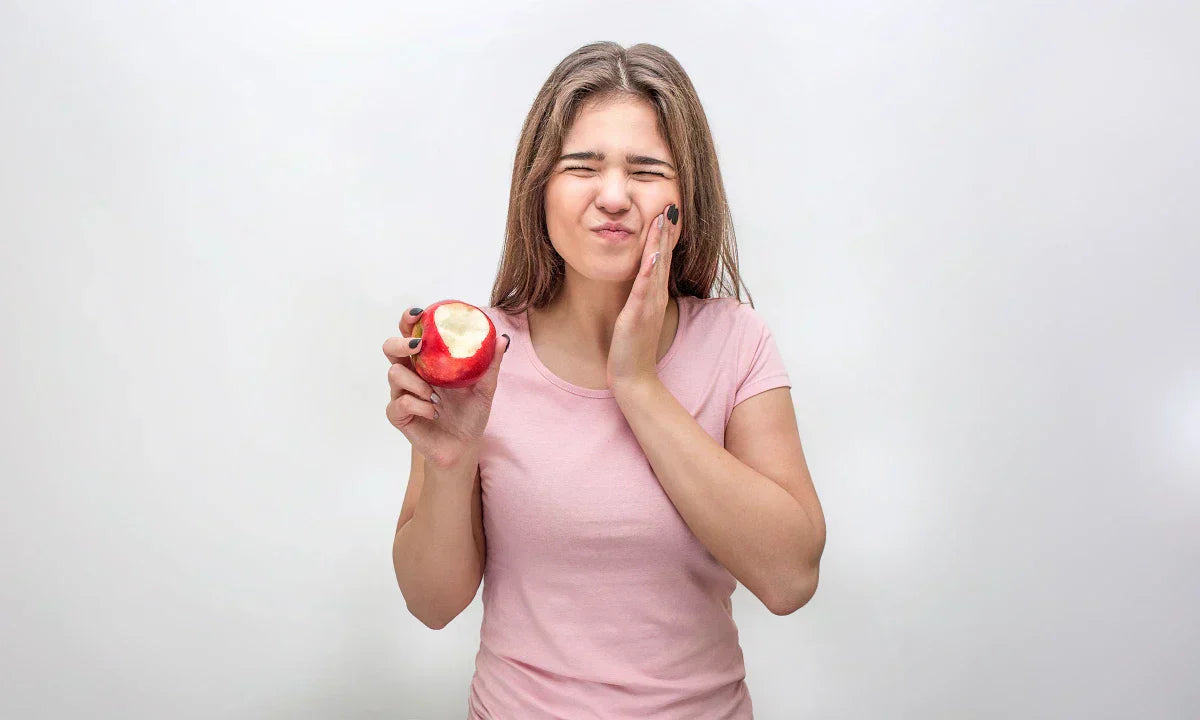







![Top 5 Best Vitamins for Men in Their 30s [Backed by Science!]](http://wellnessextract.com/cdn/shop/articles/Vitamin_for_men_8fe0fe21-19b1-4020-b895-dc104449637e_165x.webp?v=1765878148)



